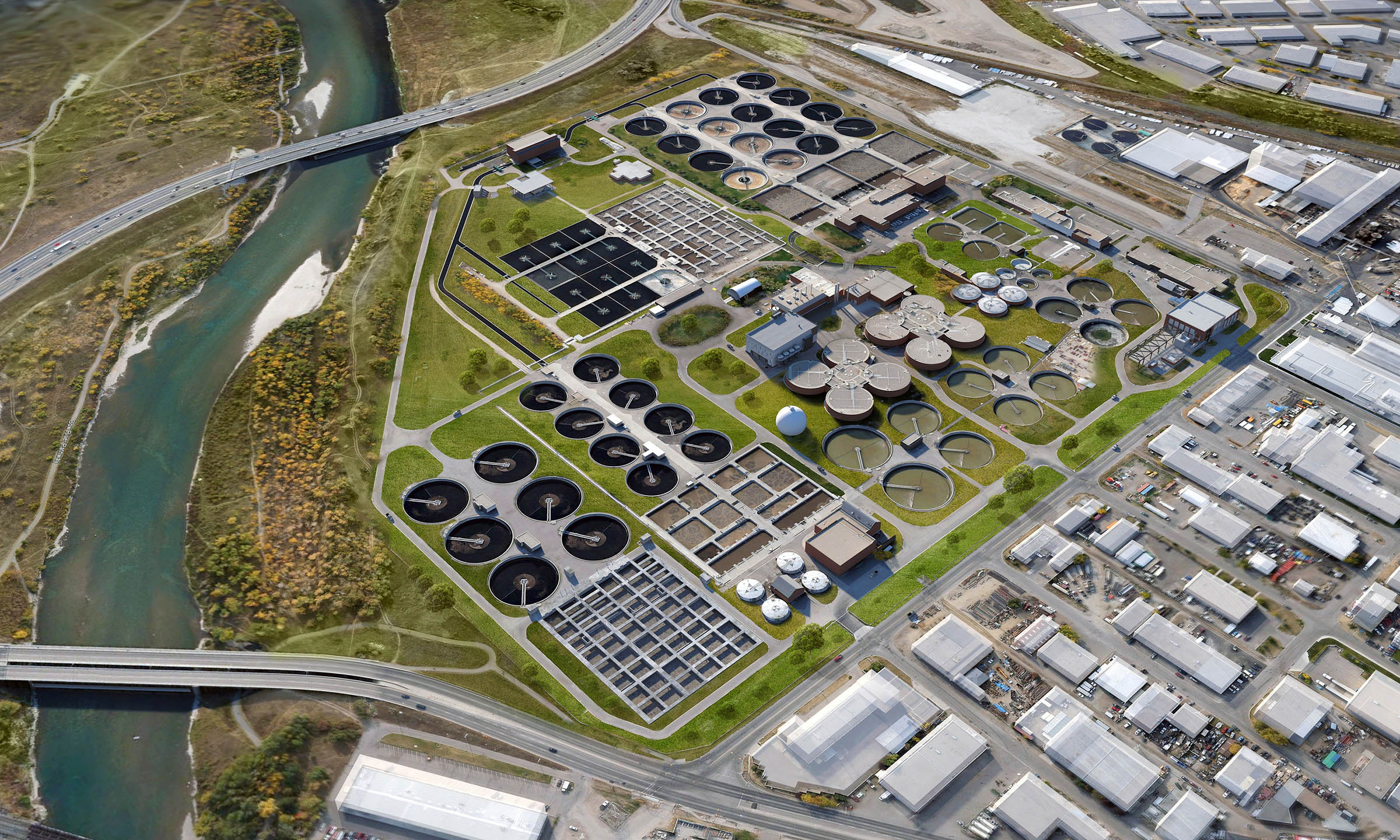Essential Action In Local Waste Water Treatment Plants
Wiki Article
Strategic Approaches to Improve Waste Water Therapy Effectiveness and Minimize Ecological Influence
In the world of waste water therapy, the mission for improved performance and decreased ecological impact is a continuous obstacle that demands critical options. The integration of sophisticated treatment modern technologies, energy-efficient procedures, resource recuperation techniques, enhanced nutrient elimination strategies, and wise monitoring and control systems stands for a complex structure for attending to these pressing worries.Advanced Therapy Technologies
Advanced membrane layer filtration systems have actually transformed advanced wastewater treatment procedures, substantially boosting the removal of pollutants. These cutting-edge systems work by compeling water through a semi-permeable membrane, properly dividing contaminations from the water stream. The membrane's microscopic pores catch pollutants such as microorganisms, infections, and suspended solids, allowing just cleansed water to pass through. This technology has actually proven to be very efficient in removing a variety of contaminants, including pharmaceuticals, hefty steels, and organic substances, which are frequently testing to remove with typical treatment techniques.Moreover, membrane layer purification systems supply countless benefits over traditional treatment methods. They require much less room, create higher-quality effluent, and are a lot more resistant to fluctuations in influent water quality. In addition, these systems are very flexible and can be easily incorporated right into existing treatment plants or used as standalone devices for decentralized applications. As the need for clean water continues to climb, the adoption of advanced membrane layer purification innovations is important to make sure effective and lasting wastewater therapy methods.
Energy-Efficient Processes
The combination of energy-efficient procedures in wastewater therapy systems is important for maximizing resource use and decreasing functional prices. One essential strategy to enhancing energy effectiveness in wastewater therapy is the usage of advanced oygenation systems, such as great bubble diffusers or surface area aerators, which can enhance oxygen transfer efficiency and minimize power consumption.Additionally, maximizing procedure control and automation via using sophisticated sensing units and monitoring systems can enhance overall energy efficiency by adjusting operations in real-time based upon real demand and conditions. Implementing energy audits and consistently monitoring energy efficiency indications are essential practices to identify areas for improvement and track energy-saving efforts successfully. Generally, the adoption of energy-efficient processes in wastewater therapy not just profits the environment however also adds to long-lasting cost savings and operational sustainability.
Source Healing Methods
With a concentrate on optimizing resource use and sustainability in wastewater treatment systems, the implementation of source recuperation methods becomes a pivotal facet in improving operational efficiency. Source recovery strategies in wastewater therapy include the recognition and extraction of valuable sources from the waste stream, thus turning what was as soon as thought about waste into a valuable property. By carrying out resource healing methods such as nutrient removal and recovery, energy generation from natural matter, and the production of multiple-use water, wastewater treatment plants can reduce environmental effect while maximizing effectiveness.
Enhanced Nutrient Elimination Strategies
Implementing innovative nutrient removal methods is vital for optimizing the performance of wastewater therapy systems. One of the key strategies used for boosted nutrient removal is the procedure of biological nutrient elimination (BNR), which includes the removal of nitrogen and phosphorus via organic procedures.
In enhancement to BNR, advanced treatment methods such as membrane bioreactors (MBRs) and constructed marshes can also be employed to enhance nutrient removal performance. MBRs make use of membrane layers to accomplish top notch effluent requirements by efficiently eliminating nutrients and suspended solids. Created marshes imitate all-natural marsh procedures to remove nutrients with plant uptake, microbial task, and sedimentation. By including these advanced nutrient removal techniques into wastewater therapy markets, systems and communities can properly lower nutrient pollution and safeguard the atmosphere.
Smart Surveillance and Control Equipment
Using innovative innovation, the integration of clever surveillance and control systems reinvents the operational performance of wastewater treatment facilities. These systems include sophisticated sensors and information analytics to continuously monitor crucial specifications such as pH levels, turbidity, liquified oxygen, and flow prices in real-time. By gathering and anchor evaluating this data, drivers can get important understandings into the efficiency of the treatment procedures, allowing proactive changes to enhance therapy effectiveness.Smart monitoring and control systems additionally support remote surveillance abilities, allowing drivers to gain access to real-time information and control functions from off-site locations. This remote accessibility enhances operational adaptability and responsiveness, allowing quick treatments in situation of system breakdowns or variations in influent high quality. In addition, the anticipating maintenance capabilities of these systems help stop equipment failings and decrease downtime, ultimately boosting the overall reliability of wastewater treatment operations (Waste Water Treatment).
Conclusion
Finally, critical approaches such as sophisticated treatment innovations, energy-efficient procedures, source recuperation strategies, enhanced nutrient removal methods, and wise tracking and control systems play an important duty in enhancing wastewater treatment efficiency and reducing environmental effect. By applying these techniques, wastewater treatment plants can enhance their general efficiency, reduce energy consumption, recoup important sources, and ensure compliance with environmental laws. These methods are vital for effective and lasting wastewater administration methods.In conclusion, calculated approaches such as sophisticated treatment modern technologies, energy-efficient processes, source recovery methods, enhanced nutrient removal strategies, and smart tracking and control systems play a vital role in improving wastewater therapy efficiency and reducing ecological impact.
Report this wiki page